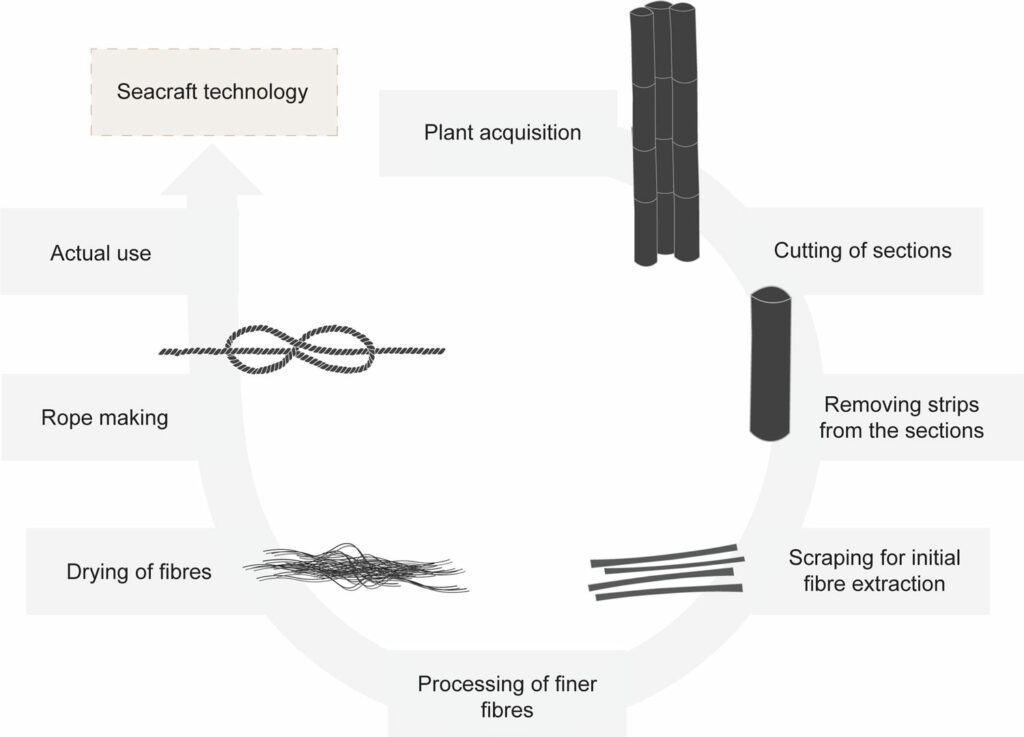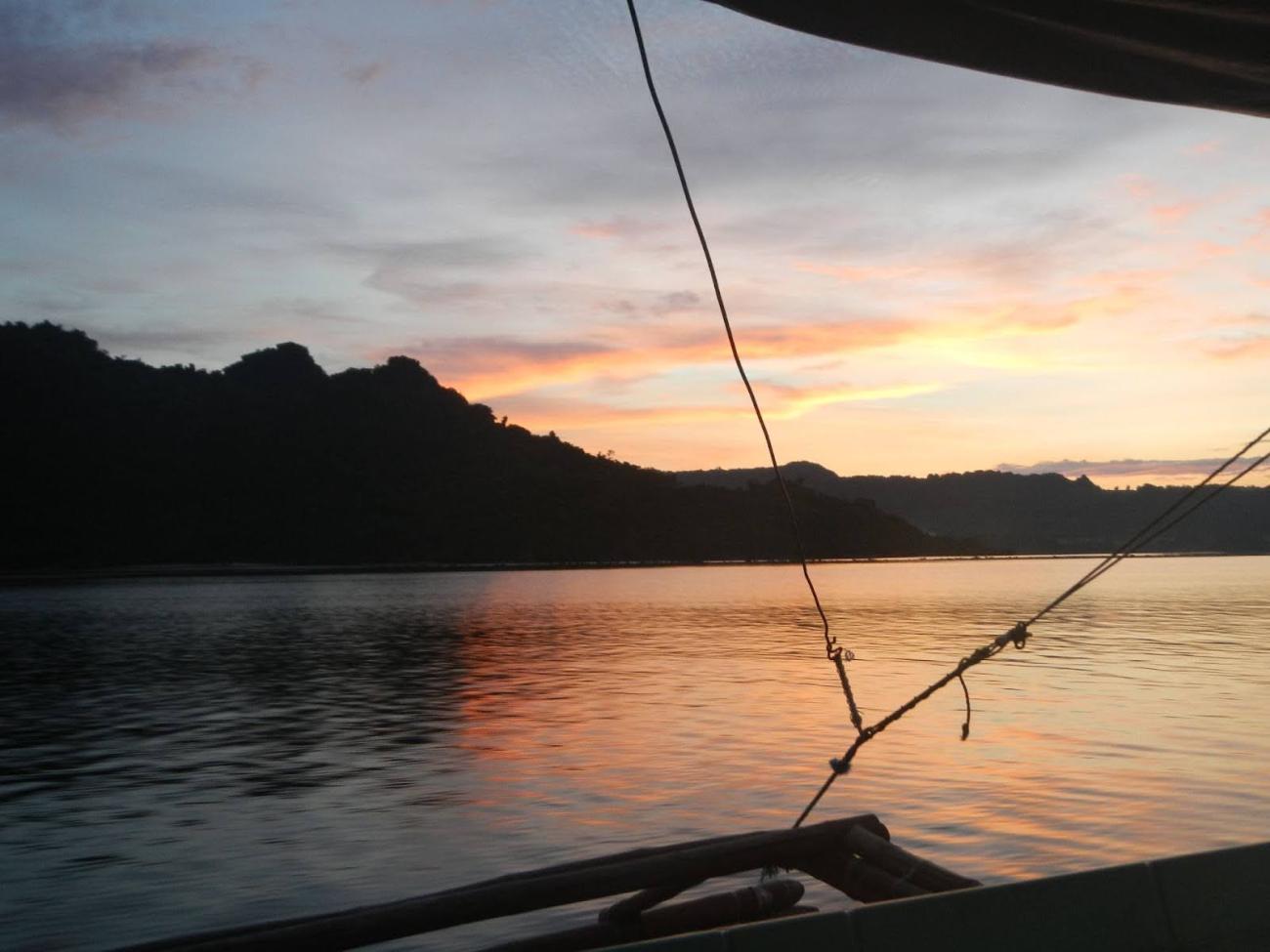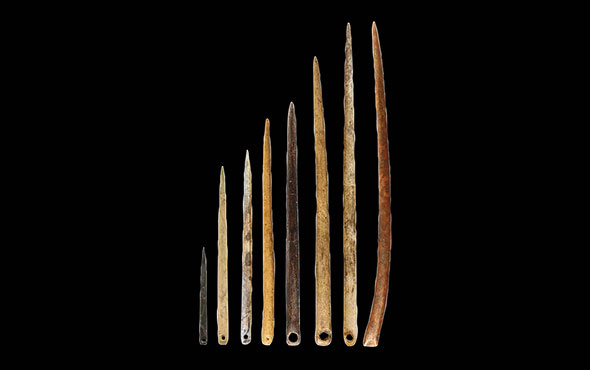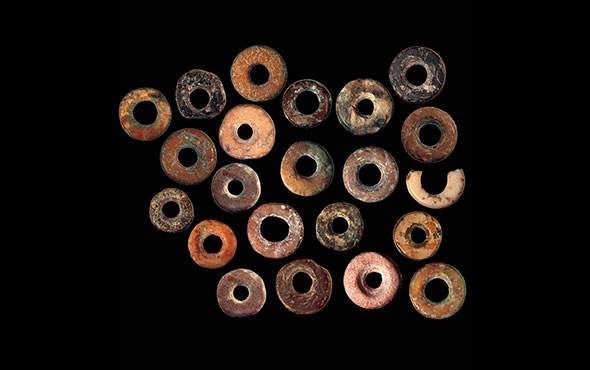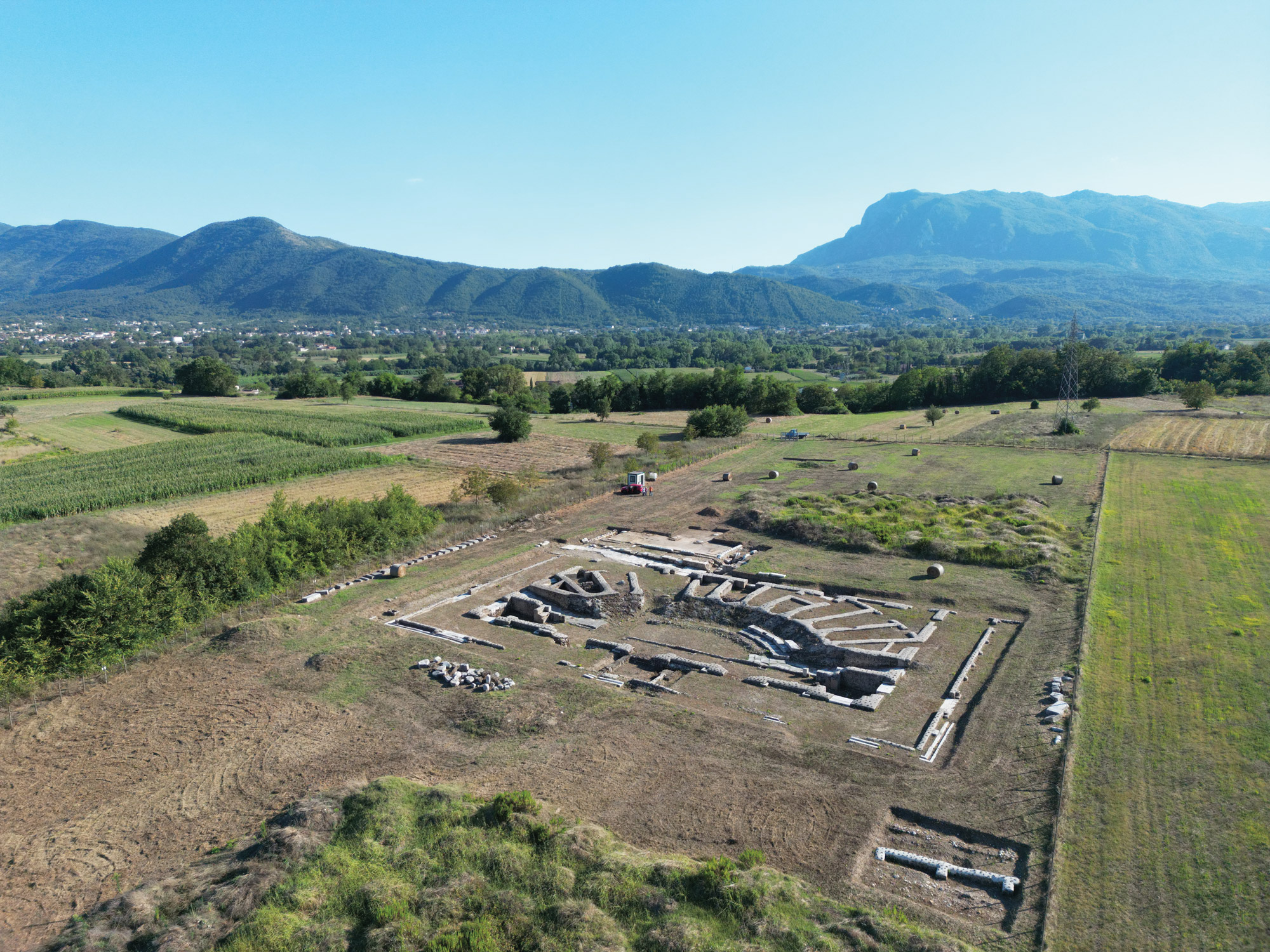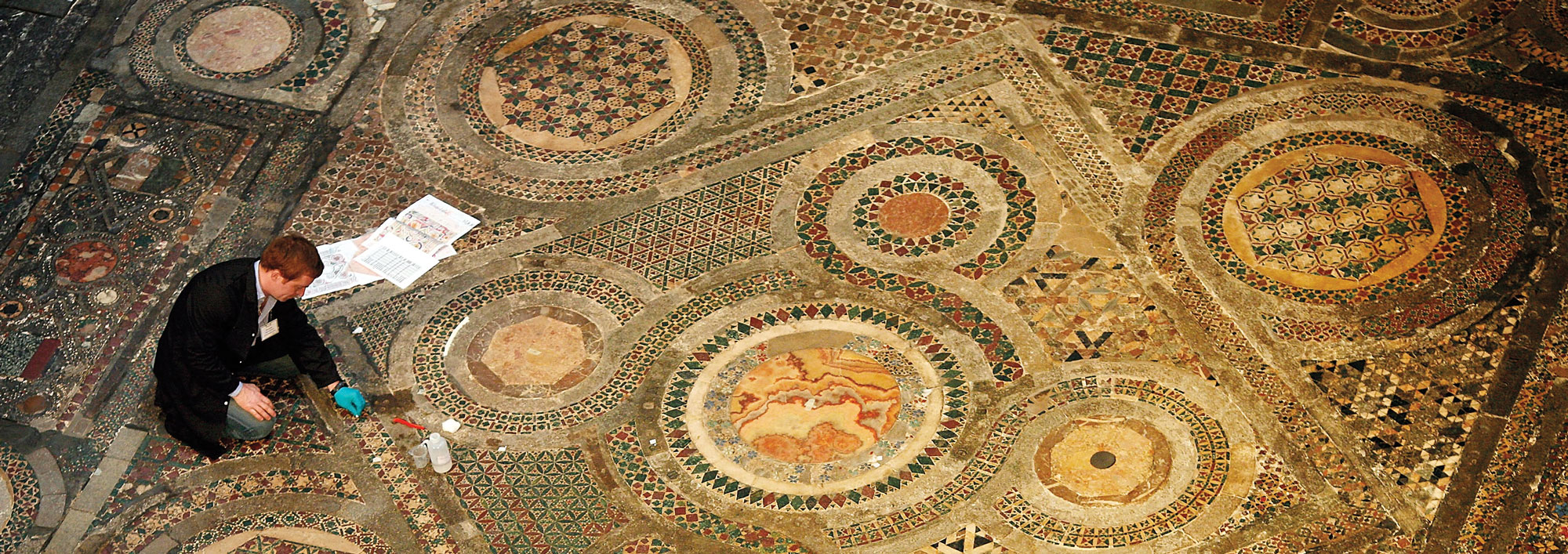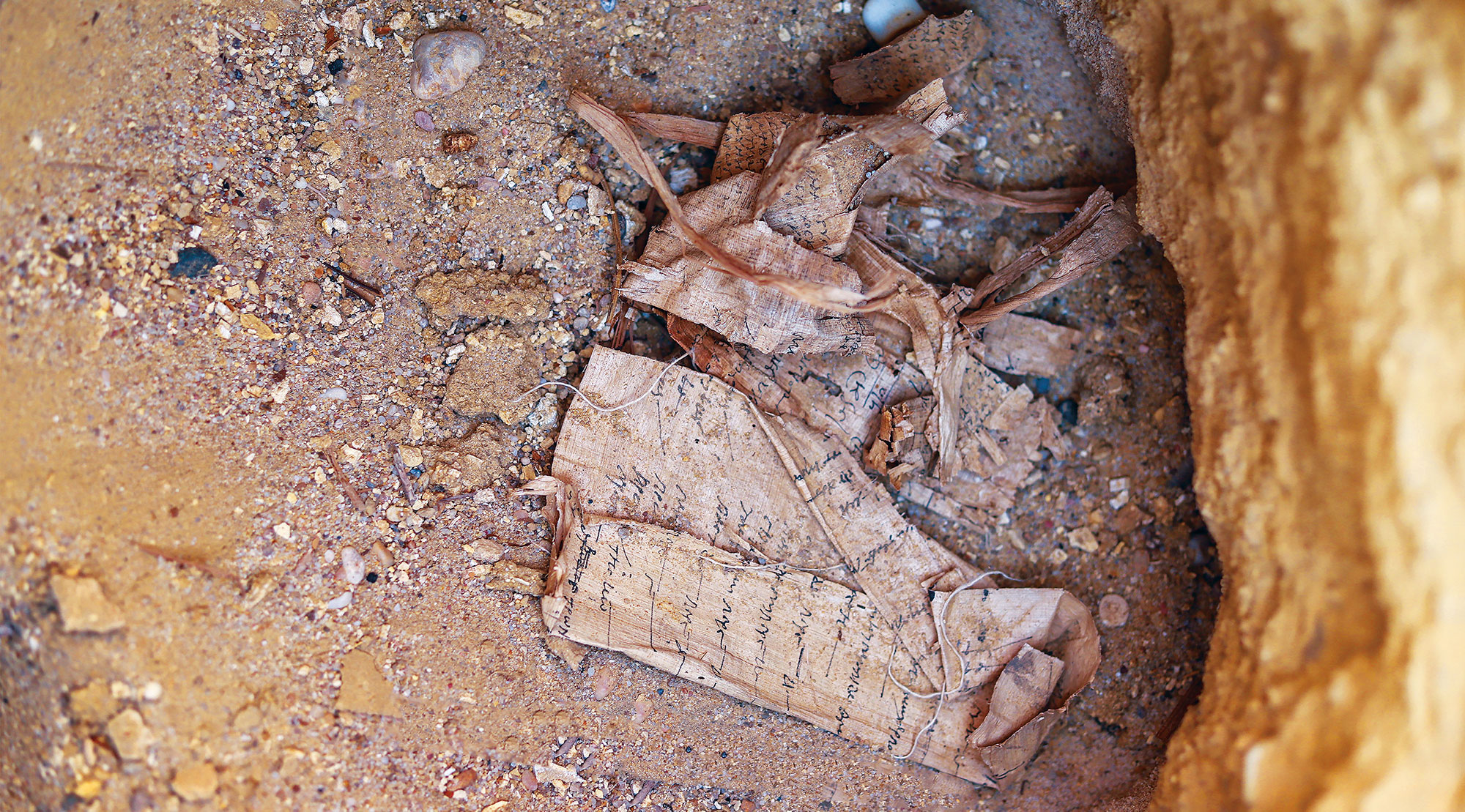MINDORO, PHILIPPINES—According to a statement released by Ateneo de Manila University, new research suggests that prehistoric people living in the Philippines and Island Southeast Asia may have had the capability of building sophisticated seafaring boats far earlier than expected. The study challenges the widely held contention that advances in boatbuilding technology during the Paleolithic era only took place in Europe and Africa. The researchers argue that places such as the Philippines, Indonesia, and Timor-Leste were never connected to the mainland during this period, yet somehow contain evidence of human occupation. Analysis of 40,000-year-old stone tools excavated at sites across these regions has also yielded traces of plant processing, indicating that human inhabitants were able to extract the plant fibers necessary for making ropes and bindings that were essential in the construction of sturdy boats. The skeletal remains of deep ocean fish including sharks and tuna, as well as fishing implements such as hooks and weights, also indicate that these humans had offshore seafaring skills. Therefore, experts speculate that prehistoric migrations across Island Southeast Asia were not undertaken solely by passive drifters in flimsy bamboo rafts, but by highly skilled navigators in technologically advanced vessels. To read about the oldest hand-sewn boat discovered in the Mediterranean, go to "A Stitch in Time."
